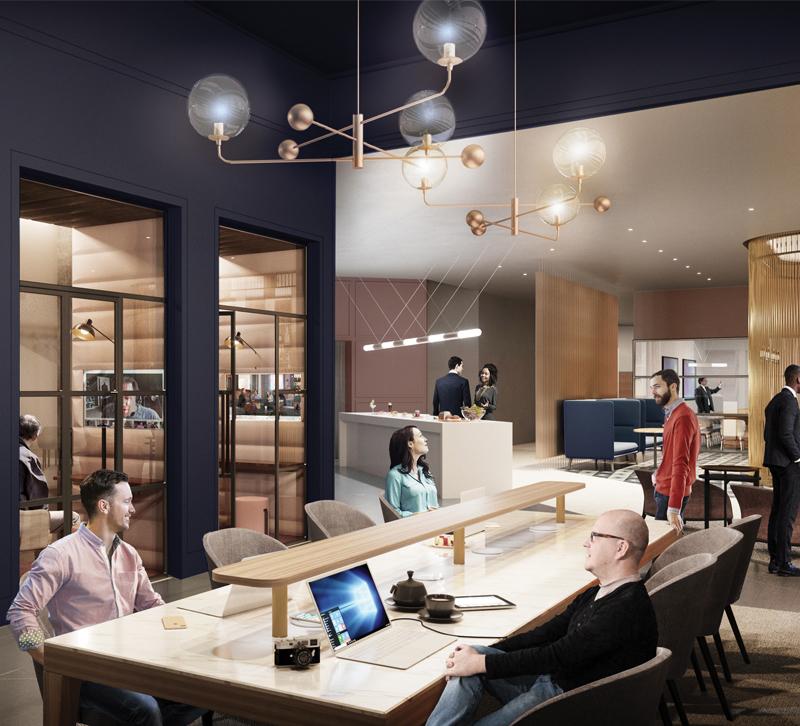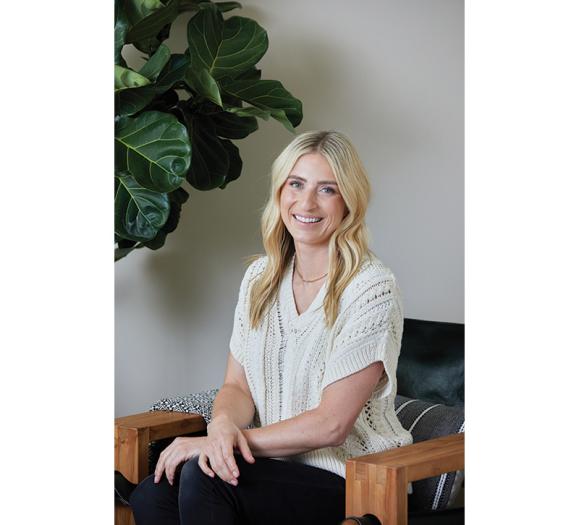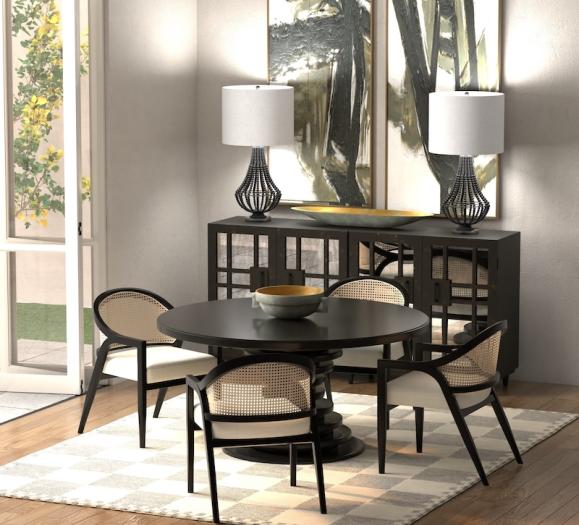Anyone questioning residential design’s impact on the hospitality industry needs to take a closer look at the transformation currently underway at Sheraton Hotels & Resorts. At the recent BDNY show in New York, Marriott’s Global Design Strategies team offered insights into how current trends in the home are being applied to remake the Sheraton experience.
In discussing the new vision, which is to serve as the world’s gathering place, Lionel Sussman, Vice President of Global Design Strategies for Marriott, Sheraton & Delta Brands, shares: “You can’t really talk just about interior design now; it’s really about experience design.”
The Sheraton design team is using the concept of a public square — a space that people use in myriad ways — to create a sense of community for guests and locals. “We looked at how we could create fluid spaces that are holistic and have stylish essentials, and we looked at how we could design them using an inviting, welcoming, residential approach,” explains Brittney Hepler, Senior Design Manager, who in her current role draws on a foundation in visual merchandising and design, interior design, digital user experience and F&B development.
“Think,” for example, “about how people are using their Alexa or Apple Home devices in the home, or how they’re starting to play with Philips Hue bulbs to control ambiance,” Hepler relates. “In my own home, everything is connected digitally, and there is this sort of beautiful, intuitive experience. There is something almost beautiful to the design of these devices and how they fit into the home environment. As we get more and more used to that in our homes, we’re only going to expect it more and more in a built environment like a hotel. I’m not saying that we’re going to be implementing those same devices at Sheraton, but that mindset of applying technology and having quick connectivity, and a seamless experience that transitions through the day as it does in your home, is definitely informing our thinking.”
As is a comforting and warm design aesthetic that feels familiar, with an air of sophistication and timelessness. The goal “is that Sheraton doesn’t want to just be a hotel filled only with transient guests in its public spaces,” she explains. “We want to capture local people who feel that Sheraton is part of the local landscape because that’s what the brand used to be back in the day. We want people to feel an immediate sense of ease, and we’re trying to design a space where people feel like they can truly be productive with a sort of third-space feel. We looked at Starbucks and WeWorks and other co-working spaces and thought about what we could do to enhance that. For these reasons, we’ve pushed acoustics and technology to the forefront of our designs as stylish essentials.”
One of the signature components moving forward is a reinterpretation of a classic phone booth. “It’s not just one of those hard, pod designs that you would typically have in an office, but an actual space that is fully insulated acoustically with acoustic treatments that might have a bit of pattern work that represents the local environment or local weaving techniques that make the hotel feel like it’s a part of the community.” Other regional references might include regional dying techniques, and the use of earthenware and ceramics. “The idea is that it should feel like you are in a friend’s really comfortable home and they have collected all these interesting artifacts from different cultures they have visited.”
Hepler believes there are takeaways here for anyone thinking about improving their guest experience, including retailers. “When I think about what’s going on in retail and what we’re doing in hospitality, the thing that has always struck a chord with me as a designer is that holistic brand positioning and strategy can capture people and activate spaces. If people really start thinking about how their physical space truly represents their brand, they have to have some authenticity. And consumers need to feel that authenticity moving from their website to the physical space. They have to feel that the brand, across the board, 100 percent, stands for what it believes in.”







